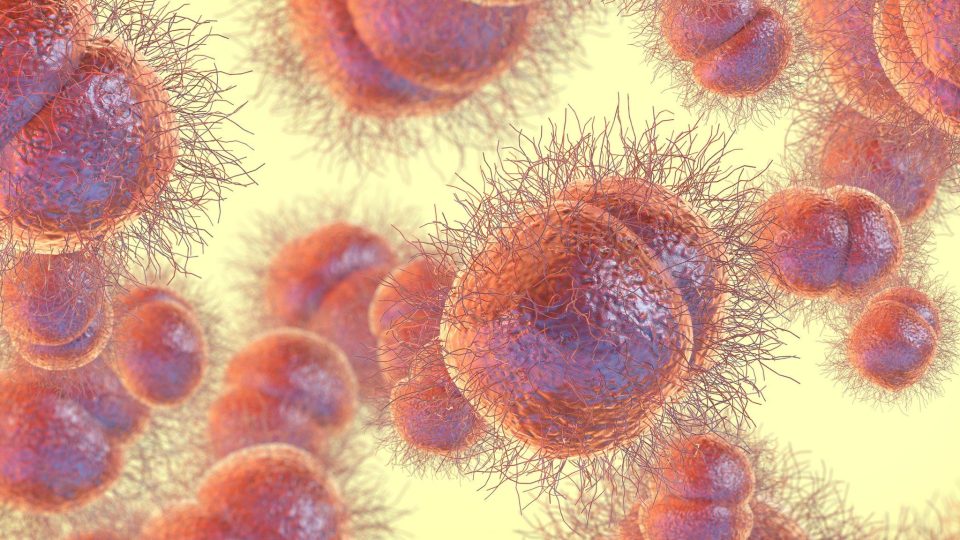A new surveillance report found that bacteria causing the sexually transmitted disease (STD) have increased in drug resistance.
Health authorities in Europe warned of an increase in drug resistance for gonorrhoea that could limit treatment options for the infection.
Gonorrhoea is a sexually transmitted disease (STD) caused by bacteria and often has no symptoms.
If left untreated, it can cause serious problems such as pelvic inflammatory disease or infertility.
In a new surveillance report for 2022, the European Centre for Disease Prevention and Control (ECDC) warned that two isolates of the STD were resistant to the common antibiotic ceftriaxone which is used to treat it.
Nearly 4,400 gonorrhoea isolates from 23 European countries were submitted to a surveillance programme in 2022.
The proportion of isolates resistant to another antibiotic azithromycin increased from 14 per cent in 2021 to nearly 26 per cent in 2022.
This could complicate treatment options as this drug is typically used alongside ceftriaxone to treat gonorrhoea, the health agency said.
The gonorrhoea isolates’ resistance to the antibiotic ciprofloxacin also increased from 63 per cent in 2021 to 66 per cent in 2022
“The increase in resistant strains can compromise the effectiveness of existing treatment options, posing a significant public health challenge until new therapeutic options are available,” the ECDC said in a statement on Monday.
“While resistance to [the antibiotic] cefixime remains low at 0.3 per cent, continued monitoring is crucial, particularly as gonococcal strains resistant to cefixime and ceftriaxone are spreading internationally,” the agency added.
They recommended more surveillance, regular reviews of treatment guidelines, and prevention efforts.
Increase in sexually transmitted infections post-pandemic
Gonorrhoea has become increasingly drug-resistant globally, according to the World Health Organization (WHO).
Multiple countries have reported a failure to cure the disease with ceftriaxone alone or that antibiotic combined with others, the WHO has said.
The ECDC warned earlier this year of troubling surges in sexually transmitted infections (STIs) in Europe.
There were more than 70,800 cases of gonorrhoea in 28 EU/EEA countries in 2022, which was a 48 per cent increase from the previous year.
Syphilis cases increased by 34 per cent and chlamydia cases rose by 16 per cent in 2022 compared to the previous year.
The rise in cases could be related to changes in sexual behaviour after the COVID-19 pandemic, experts said in March.
Fewer tests and treatment during the pandemic could also have led to a rebound, they added.



